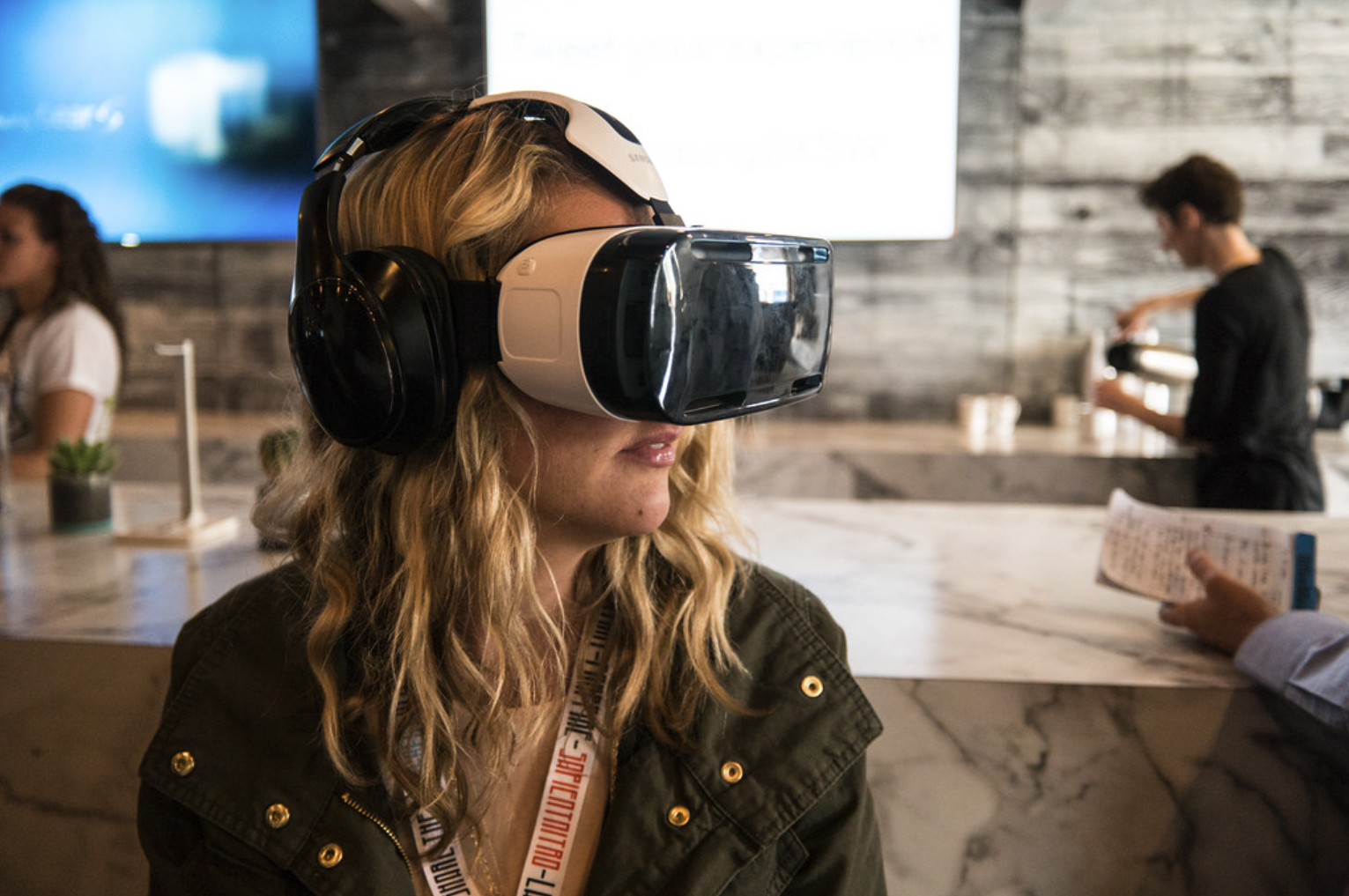Virtual Reality technology has come a long way since its introduction way back in 1968. What was once an extremely rare novelty, only available to a few ‘eggheads’, is now a commonplace home entertainment device for households worldwide.
The range of VR entertainment has expanded far beyond just a few video games. You can watch movies, explore Meta’s VR world, and even gamble online, all from your headset. Yet what does the growing VR craze mean for live entertainment and industries that have yet to take the plunge?

What VR Can Do
Though VR is impressive technology, it’s far from flawless. The ability to stream content, place an online bet, and socialize depends on providers and what headset hardware you are using and how interactive is the service which you are accessing.
The current leader in VR tech and content accessibility is the Oculus Quest 2, with PlayStation VR a close second. They are mid-priced headsets that can connect to the PC and game stations with tethered and cordless options. So what does that mean for you?
Both Oculus and Playstation hold strong content libraries, which is helpful when VR products are platform exclusive. Some of the best social games with a highly rated screen and sensory experience are available on these platforms.
VR streaming tech uses specialized cameras to record an event and create a truly immersive experience. It has also been used in motorsports to capture the behind-the-wheel experience of your favorite drivers, letting viewers feel like they are truly in the driver’s seat.
Though the hardware is available and streaming in VR is possible, it can only be used for sports when big leagues buy into the VR experience.
VR in Sports
Did you know that the NBA opening season game in 2015 was filmed with VR coverage? In fact, the NBA is the current leader in VR sports coverage. For US patrons, a VR Live NBA app is available directly from their Oculus and is compatible with most upcoming games.
Other major leagues are slowly ramping up their VR coverage too. Multiple mid-season NFL matches and Super Bowls have been covered by NextVR, NASCAR races, and the ICC soccer games. The NHL has even seen some coverage, but only for a few matches.
VR viewing doesn’t only make you feel like you are a real spectator but can place you directly in the action as well! We have even seen the tech used for a 360-degree perspective on the NBA’s slam dunk challenge.
Yet, for all these fancy perspectives, major limitations still remain for the technology.
Much of VR sports viewing tech is in its infancy, used only in a beta-style practice. Furthermore, poorly rendered VR can cause motion sickness in viewers, meaning an exclusively streamed sports game is out of the question.
It’s also difficult to enter a ‘player’ or ‘sportsball’ perspective without disturbing the game itself. It can damage not only the performance of a player having to deal with an added camera and microphone but to the equipment itself.
Additionally, streaming tech is expensive, adding to the hesitancy leagues have in moving to VR coverage. There also comes the question of VR-priced tickets or a fee to pay for the experience that is touted as equal, or better, to a front-row seat.

What the Future Holds
If there is one thing that can be said about the VR industry, it’s that it’s full of potential. So much potential that it could be making promises it can’t keep. Though increased VR streaming of sports matches is anticipated in the coming years, it’s unlikely it will fundamentally change the spectator experience.
Perhaps with time and some evolved tech, we could be seeing sports from a whole new perspective. Sadly, it won’t be any time soon.


